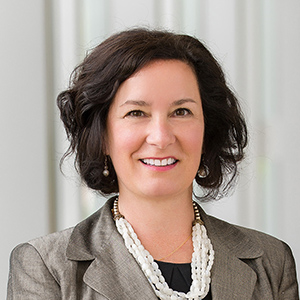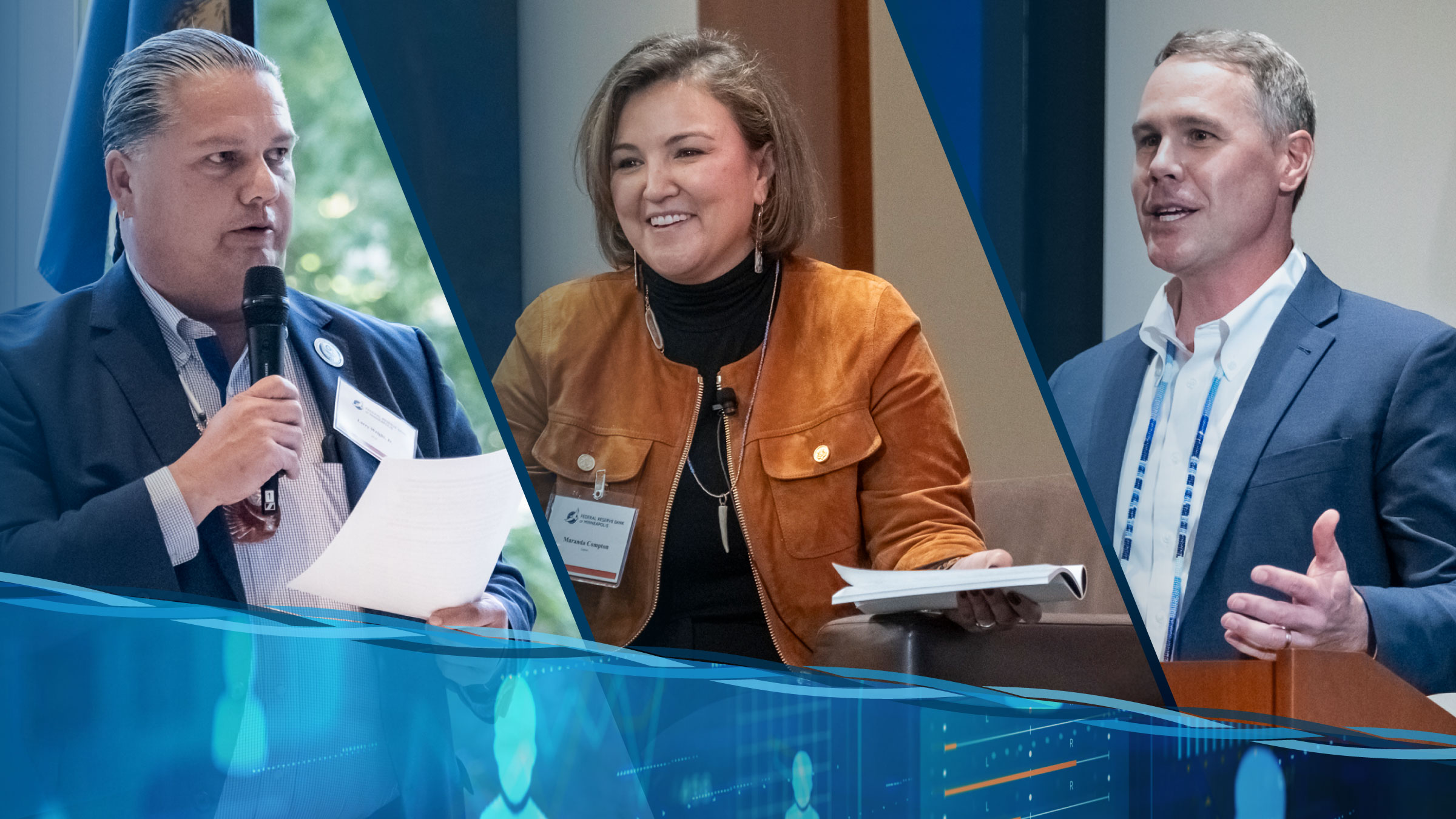
Dante Desiderio
Given the broad and diverse array of attendees, the NAFOA conference provided an important platform to discuss financial and business challenges to growing prosperity and improving the quality of life in Indian Country. While several tribes have created dynamic economies over the past 20 years, mainly from gaming revenue, many tribal economies still struggle to meet the basic needs of their communities.
Participants highlighted a number of factors that make improving economies in Indian Country challenging, such as:
- Limited federal funds for essential governmental services (public safety, housing, education and workforce development)
- A complex administrative process governing federal funds and services;
- Insufficient infrastructure (road, water, sewer systems, and broadband);
- The remote location of many tribal reservations;
- Difficulty developing trust lands; and
- The need to diversify tribal economies that are heavily dependent on a narrow economic base, such as gaming or certain natural resources.
Further complicating holistic development on tribal lands are the real and perceived financial characteristics of American Indian borrowers, which sometimes make it difficult to create a lending market for reservation businesses and homeowners. Our dialogue also noted the wide ranges of needs and capabilities among tribal governments and communities, with several participants stressing the importance of “meeting tribes where they are.” NAFOA Executive Director Dante Desiderio, who facilitated this conversation, further noted that “this is an exciting time for tribal development. Tribes have the will to diversify and build the right structures to make it happen. And, it is the right time for the federal and private sector to jump in and help tribes build sustained economies.”
The Center for Indian Country Development, launched by the Federal Reserve Bank of Minneapolis just two months ago, currently is developing its first multiyear strategic plan. My colleagues and I will pay close attention to the points above and participants’ additional insights as we finalize that plan. I sincerely appreciate all of the participants, who included tribal leaders, academics, lawyers, representatives of lending institutions and government agencies, as well as the staff at NAFOA who made our dialogue possible.
Pilamaya ye ~ Patrice





